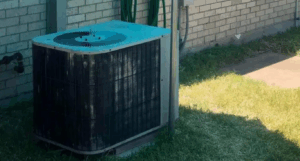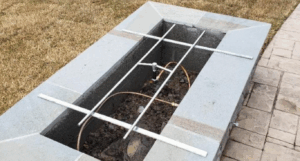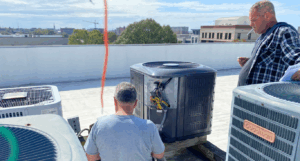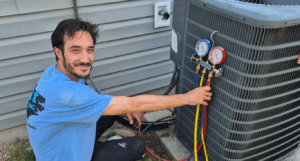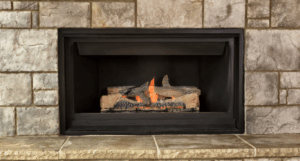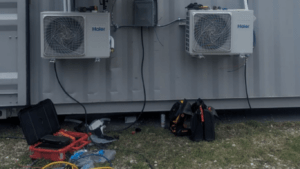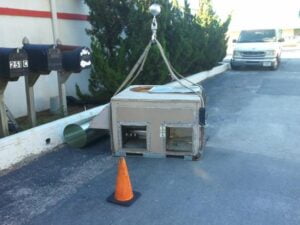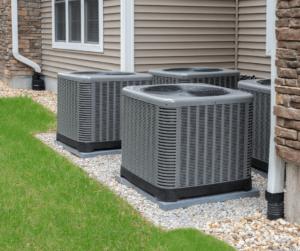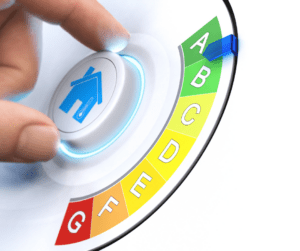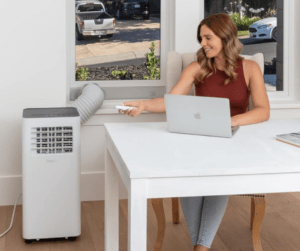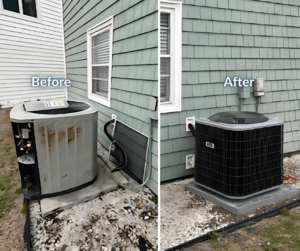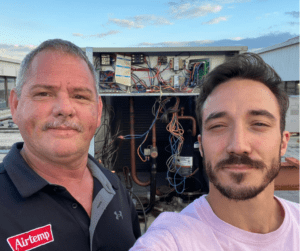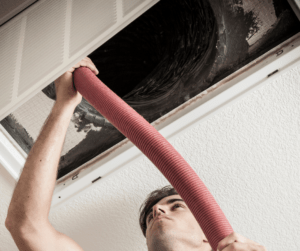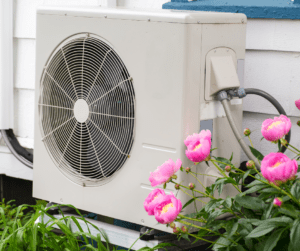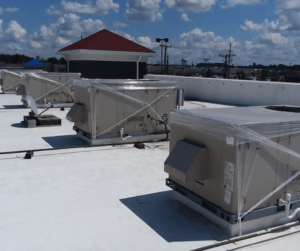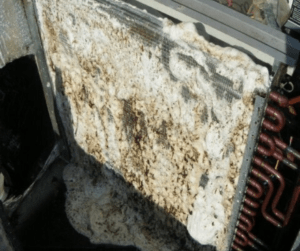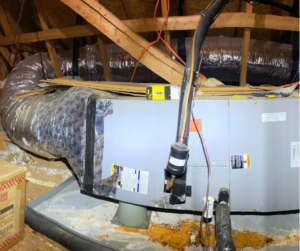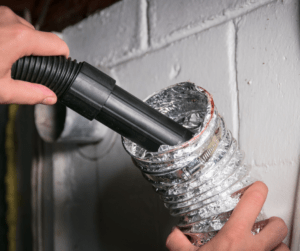Auxiliary Heat Explained: What You Need to Know
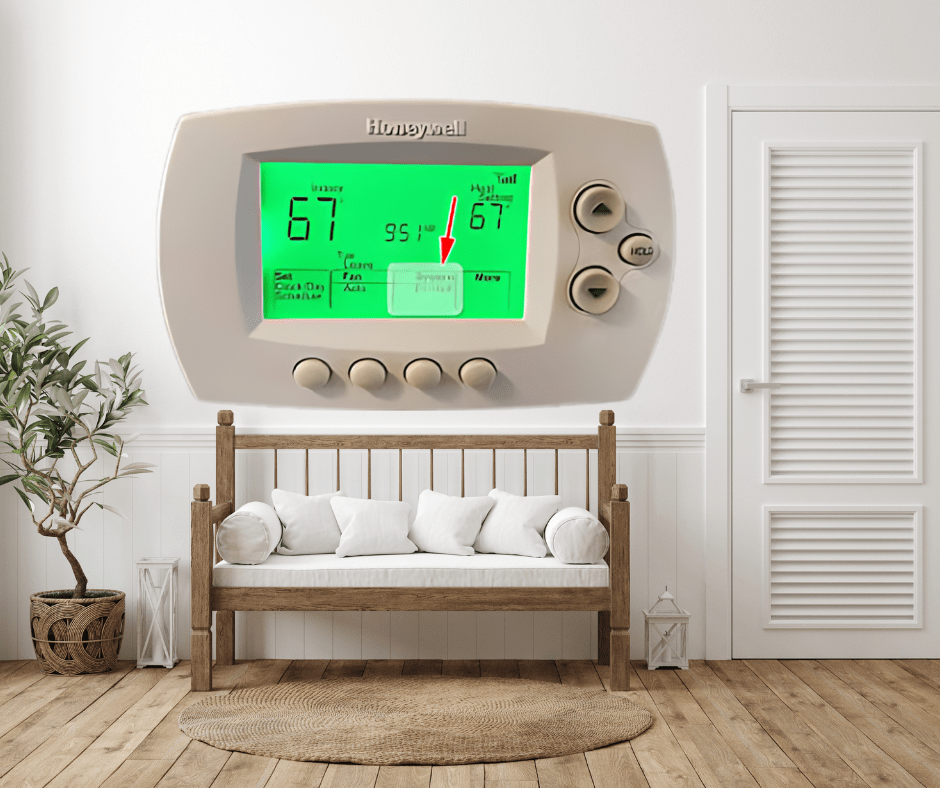
Welcome to our comprehensive guide on auxiliary heat! If you’ve ever wondered what auxiliary heat is and why it’s important, you’re in the right place. Auxiliary heat is a critical component in many heating systems, particularly in heat pumps. Understanding how it works can help you make informed decisions about your home’s heating efficiency and comfort.
In this post, we’ll break down everything you need to know about auxiliary heat, making it accessible and easy to understand.
What is Auxiliary Heat?

Auxiliary heat, often called “emergency heat,” serves as a secondary heating source that works alongside a primary heat pump system. It becomes particularly important when outdoor temperatures plummet. When the temperature drops too low, your heat pump may struggle to pull enough warmth from the outside air to keep your home at a comfortable temperature. That’s where auxiliary heat steps in.
Emergency heat systems typically include electric resistance heaters or gas furnaces. These secondary sources activate automatically when your heat pump can’t meet your home’s heating demands on its own. This automatic activation ensures that your living space remains warm and comfortable, even during the harshest winter conditions.
It’s important to note that while emergency heat is highly effective, it also consumes more energy than your heat pump. As a result, it’s usually reserved for those especially cold days when your heat pump needs a little extra help. So, while it ensures comfort, it can also lead to higher energy bills if used frequently.
In essence, emergency heat acts as a backup to your primary heating system, stepping in only when necessary. Its automatic nature means you don’t have to worry about manually switching settings; the system does all the work for you. Understanding this balance between primary and auxiliary heating can help you manage your energy usage more effectively, ensuring you stay warm without breaking the bank.
How Auxiliary Heat Works in Heat Pumps

To grasp how emergency heat functions within heat pumps, it’s useful to first understand the basics of how a heat pump operates. Heat pumps work by moving heat from one place to another. In winter, they extract warmth from the outside air and bring it indoors. This process is generally efficient when outdoor temperatures are moderate.
However, as temperatures drop, heat pumps can struggle to extract sufficient heat from the cold air outside. This is where emergency heat comes in. When the outdoor temperature falls below a certain threshold, the auxiliary heat system automatically activates to provide the additional warmth needed to keep your home comfortable. This system often includes electric resistance heaters or gas furnaces that kick in seamlessly, without any manual intervention required from you.
One common scenario that triggers auxiliary heat is when the thermostat setting is raised quickly. The system detects the sudden need for more warmth and engages the emergency heat to meet this demand promptly. Another situation that can activate auxiliary heat is the defrost cycle. In very cold conditions, frost can form on the outdoor unit of the heat pump, reducing its efficiency. To counter this, the heat pump temporarily switches to defrost mode, during which the auxiliary heat maintains indoor comfort.
This automatic, responsive nature of auxiliary heat ensures that your home remains warm even when your primary heat pump can’t keep up. While you may not always be aware when auxiliary heat is active, it’s working in the background to maintain a consistent and comfortable indoor environment. Understanding this interplay between your heat pump and auxiliary heat can help you better manage your heating system and optimize its efficiency.
Common Triggers for Auxiliary Heat Activation
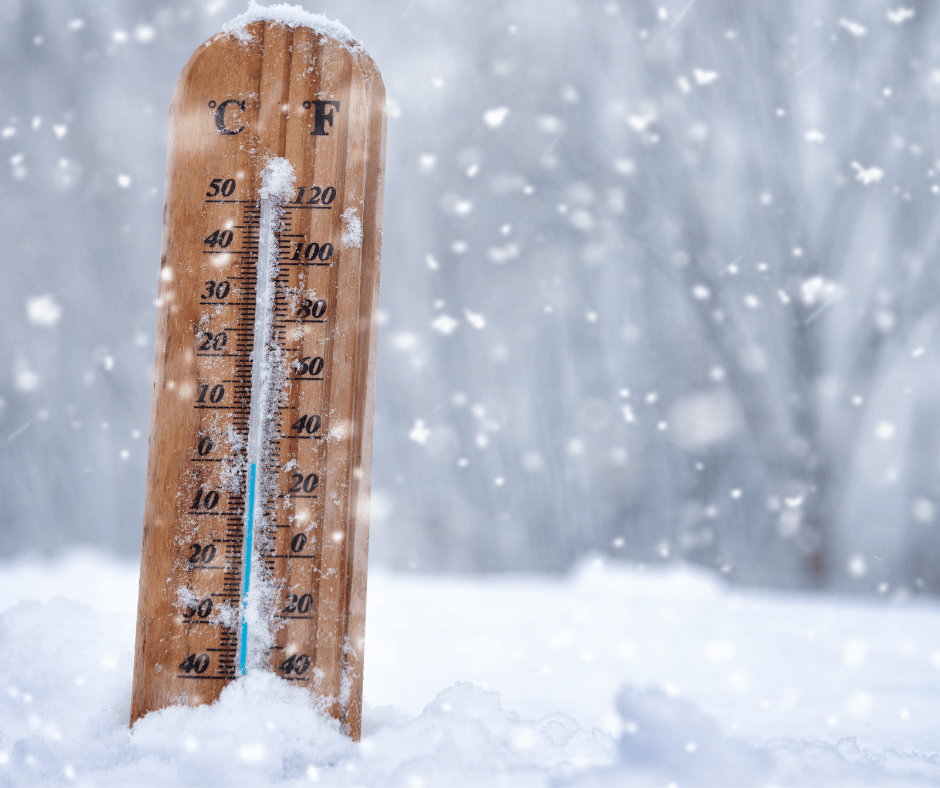
Several factors can activate auxiliary heat in your system. One of the most common triggers is a significant drop in outdoor temperature. When it gets really cold outside, your heat pump may struggle to pull in enough warmth, prompting the auxiliary heat to kick in.
Another key trigger is a rapid change in your thermostat setting. Imagine coming home to a chilly house and cranking up the thermostat to get warm quickly. This sudden demand for more heat can cause the auxiliary system to activate, ensuring your home reaches the desired temperature faster.
The defrost cycle in heat pumps is another situation that can activate auxiliary heat. In extremely cold conditions, frost can accumulate on the outdoor unit of your heat pump, making it less efficient. To resolve this, the system temporarily switches to a defrost mode. During this time, the auxiliary heat takes over to maintain indoor comfort.
In essence, auxiliary heat is designed to step in when your primary heating system needs extra help, whether due to cold weather, a quick temperature increase, or maintenance needs like defrosting. Understanding these triggers can help you better anticipate when auxiliary heat might come into play, allowing you to manage your energy usage more effectively.
Benefits and Drawbacks of Auxiliary Heat
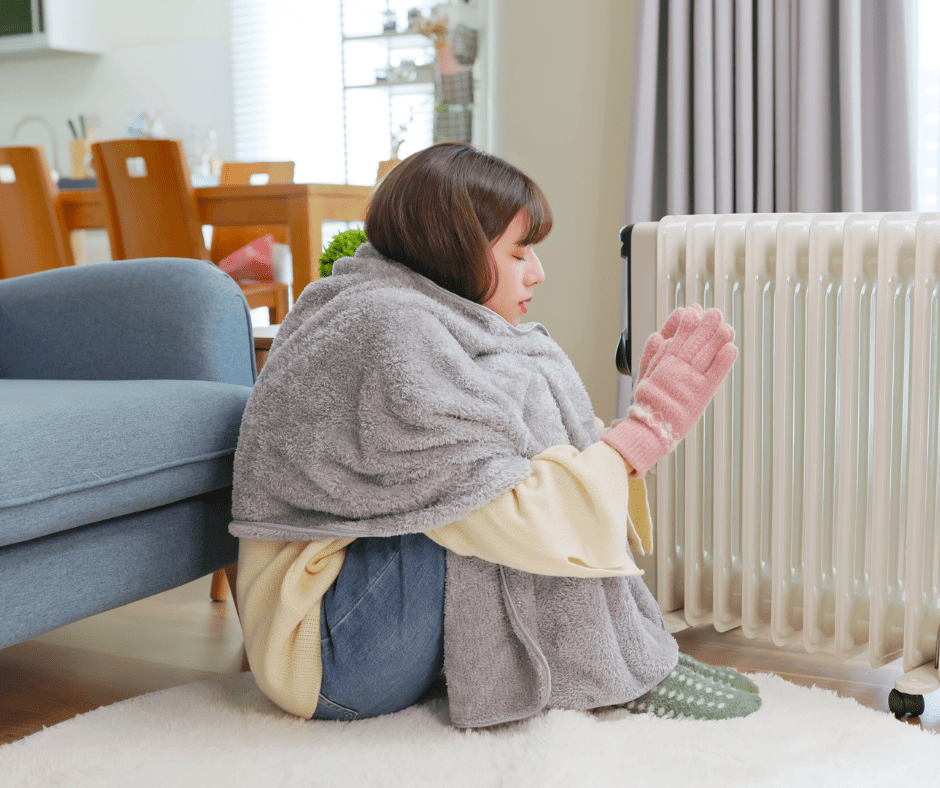
Emergency heat has its perks and a few downsides to be aware of. One of its primary benefits is its ability to maintain your home’s warmth during extremely cold weather. When the temperature drops significantly, auxiliary heat ensures that your living space remains cozy and comfortable, even if your primary heat pump is struggling. This feature is especially helpful in regions with harsh winters, providing peace of mind that you won’t be left in the cold.
Another advantage is the convenience factor. Auxiliary heat systems are designed to activate automatically when needed, so you don’t have to constantly monitor your thermostat or manually switch settings. This seamless operation means less hassle for you, allowing you to focus on enjoying a warm home.
However, it’s important to consider the drawbacks as well. One of the main disadvantages is the higher energy consumption associated with auxiliary heat. Because it often relies on electric resistance heaters or gas furnaces, auxiliary heat can be more expensive to run than your primary heat pump. Frequent use can lead to noticeable increases in your utility bills, making it crucial to use it judiciously.
Additionally, if you find that your emergency heat is activating often, it could be a sign that your heat pump system is not operating efficiently. This might mean it’s time for a maintenance check or even an upgrade to your existing HVAC system. Regular upkeep can help minimize the reliance on auxiliary heat, ultimately saving you money in the long run.
Understanding the benefits and drawbacks of emergency heat can help you make informed decisions about your home heating, ensuring both comfort and efficiency.
How to Optimize the Use of Emergency Heat
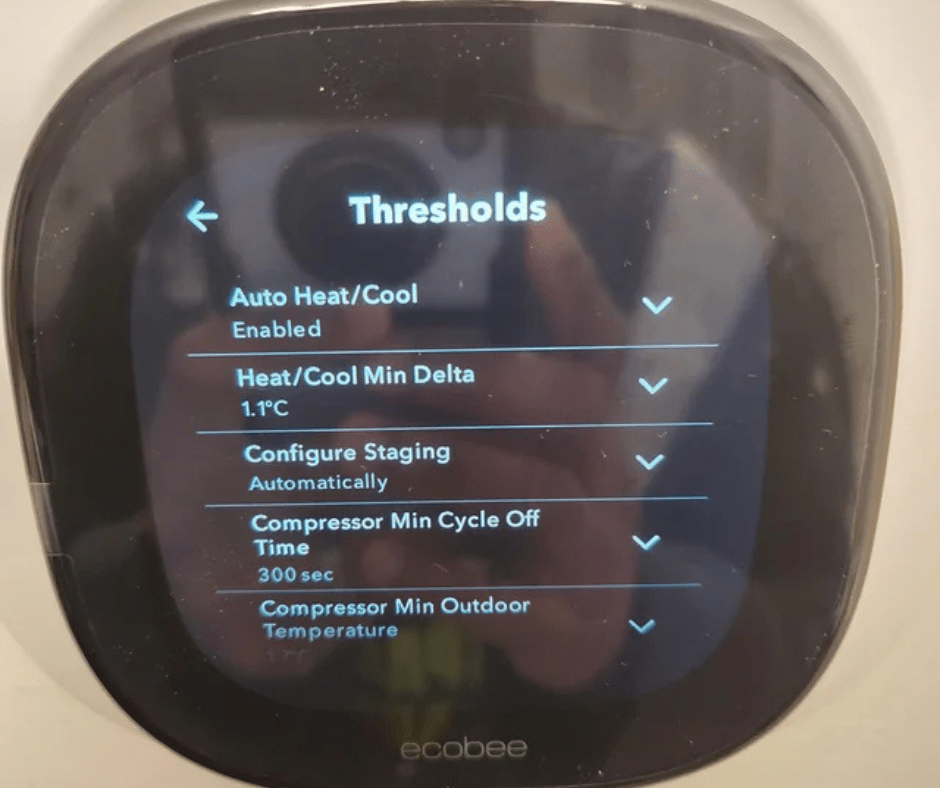
To get the most out of your auxiliary heat, consider a few key strategies. First, prioritize regular maintenance for your heat pump system. This includes cleaning or replacing filters, inspecting ducts for leaks, and ensuring the outdoor unit is clear of debris. A well-maintained system works more efficiently and reduces the need for auxiliary heat.
Another effective strategy is to use a programmable thermostat. Setting your thermostat to lower temperatures when you’re asleep or away can help minimize the strain on your system, reducing the frequency with which auxiliary heat is needed. Programmable thermostats can also prevent sudden temperature spikes that trigger auxiliary heat activation.
Improving your home’s insulation is another crucial step. Well-insulated homes retain heat better, meaning your heat pump doesn’t have to work as hard to maintain a comfortable temperature. Check for drafts around windows and doors and consider adding insulation to your attic or walls if needed.
Additionally, managing your thermostat settings wisely can make a big difference. Try to avoid drastic changes in temperature settings, as this can cause your system to activate auxiliary heat unnecessarily. Instead, make gradual adjustments to find a comfortable setting that doesn’t overburden your heating system.
Lastly, consider using ceiling fans to help distribute warm air more evenly throughout your home. This can make your living space feel warmer without relying heavily on auxiliary heat, ultimately saving energy and lowering your utility bills.
Frequently Asked Questions About Auxiliary Heat
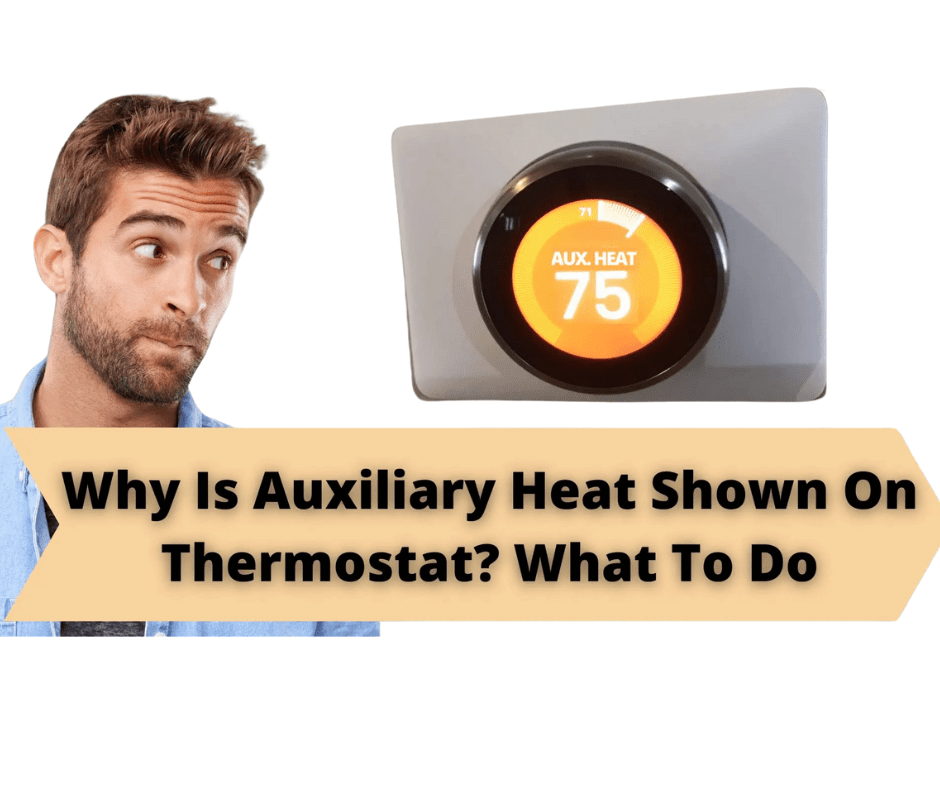
**Q: Does auxiliary heat mean my heat pump is broken?**
A: Not necessarily. Auxiliary heat is designed to support your heat pump during extreme conditions. However, if you notice it activating frequently under mild conditions, it might be worth having a technician check your system.
**Q: How can I tell when emergency heat is on?**
A: Many thermostats have an indicator light or message that displays when auxiliary heat is active. Consult your thermostat’s manual for specific details.
**Q: Is it cheaper to run a heat pump or auxiliary heat?**
A: Generally, heat pumps are more energy-efficient and cheaper to run compared to auxiliary heat. It’s best to rely on the heat pump as much as possible and reserve auxiliary heat for particularly cold days.
**Q: How often should I expect emergency heat to activate?**
A: The frequency can vary based on the climate and your heat pump’s efficiency. In extremely cold weather, it’s normal for auxiliary heat to activate more frequently.
**Q: Can I manually turn off auxiliary heat?**
A: While most systems automatically control auxiliary heat, some advanced thermostats allow you to adjust settings. Refer to your system’s manual or consult with an HVAC technician for guidance.
Conclusion
You should now be well educated on the emergency heating setting of your HVAC system. If your thermostat or heat pump is acting we highly suggest contacting and heating and cooling company in your area. For more tips on how to solve residential and commercial HVAC problems, be sure to read our following related articles.



